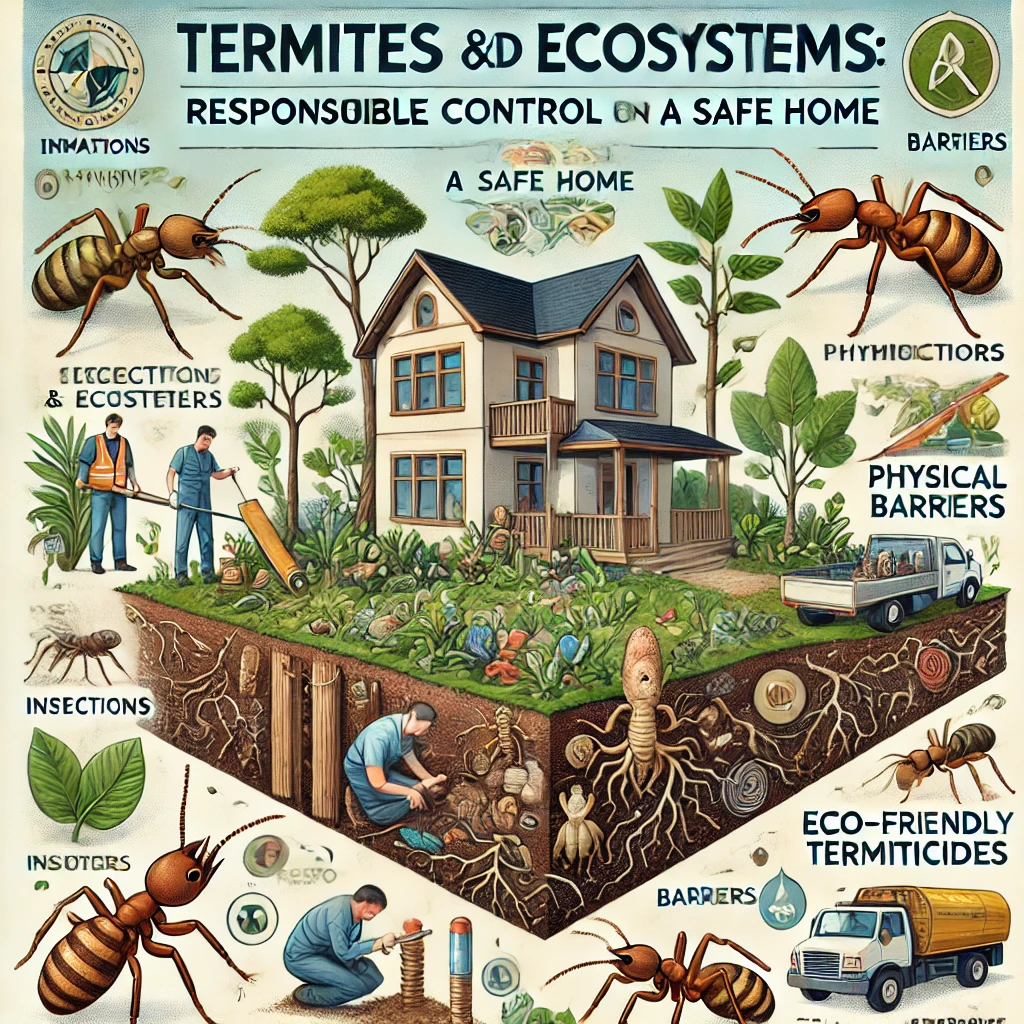
While termites are beneficial in the ecosystem, their presence in human structures is undesirable. Termites can cause severe damage to wood, compromising the structural integrity of buildings. Therefore, it is essential to implement control measures to protect properties.
Sustainable Control Methods
Responsible termite control involves the use of sustainable and environmentally friendly methods. Some approaches include:
Regular Inspections
Conduct periodic inspections to detect early signs of infestation and act before extensive damage occurs.
Physical Barriers
Use physical barriers during construction to prevent termites from accessing the building.
Bait and Traps
Utilize bait systems that attract termites and expose them to chemical agents that do not significantly affect other organisms.
Localized Treatments
Instead of general treatments, apply termiticides only in specific areas where termite activity is detected, thus minimizing the use of chemicals.
Environmental Conservation
When implementing termite control methods, it is crucial to consider the environmental impact. The indiscriminate use of pesticides can negatively affect other beneficial organisms and contaminate soil and water. Therefore, it is vital to balance the need to protect homes with the preservation of the natural environment.
Termites play an essential role in ecosystems by decomposing plant materials and recycling nutrients. However, when they invade human structures, they can cause significant damage. A responsible control approach involves implementing sustainable methods that protect homes while minimizing environmental impact. Through regular inspections, the use of physical barriers, baits, and eco-friendly termiticides, it is possible to maintain a balance between property protection and environmental conservation.
For more information on termite control and pest management services, feel free to contact Eco Fauna Pest Control.
